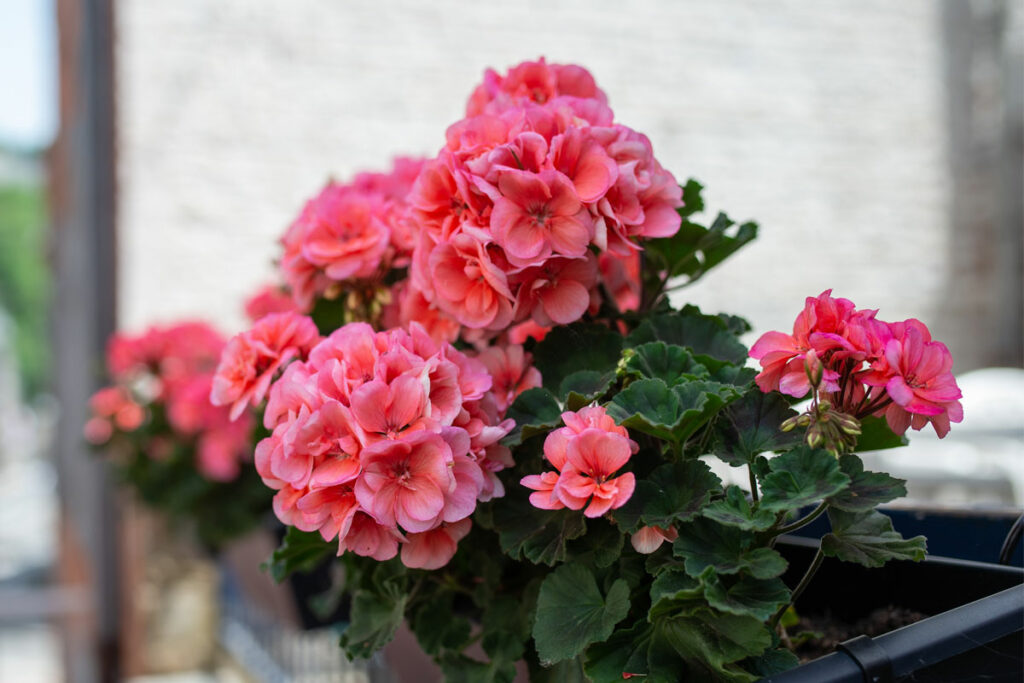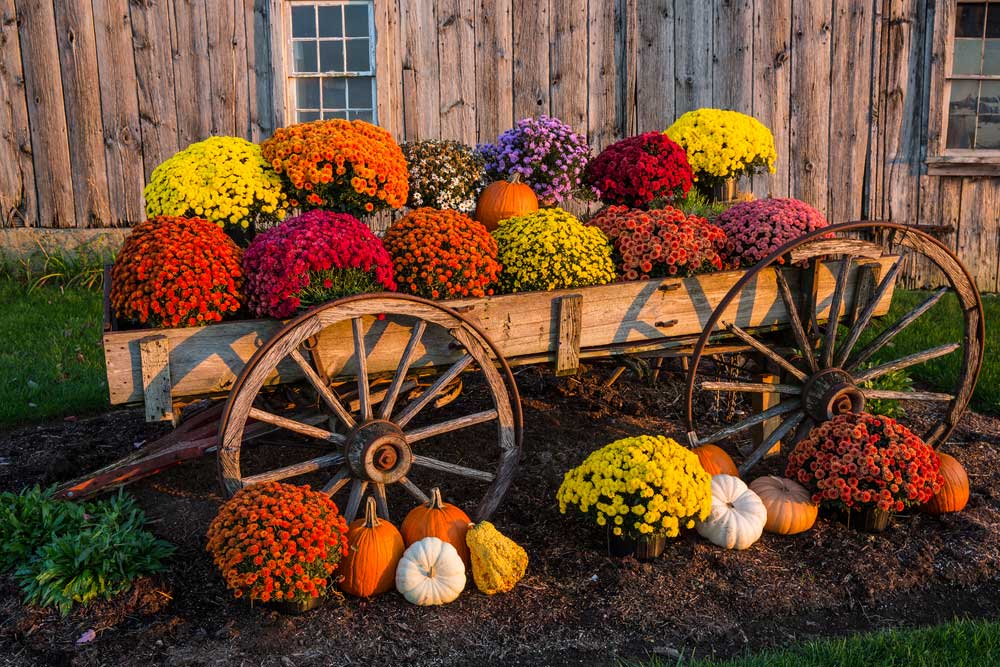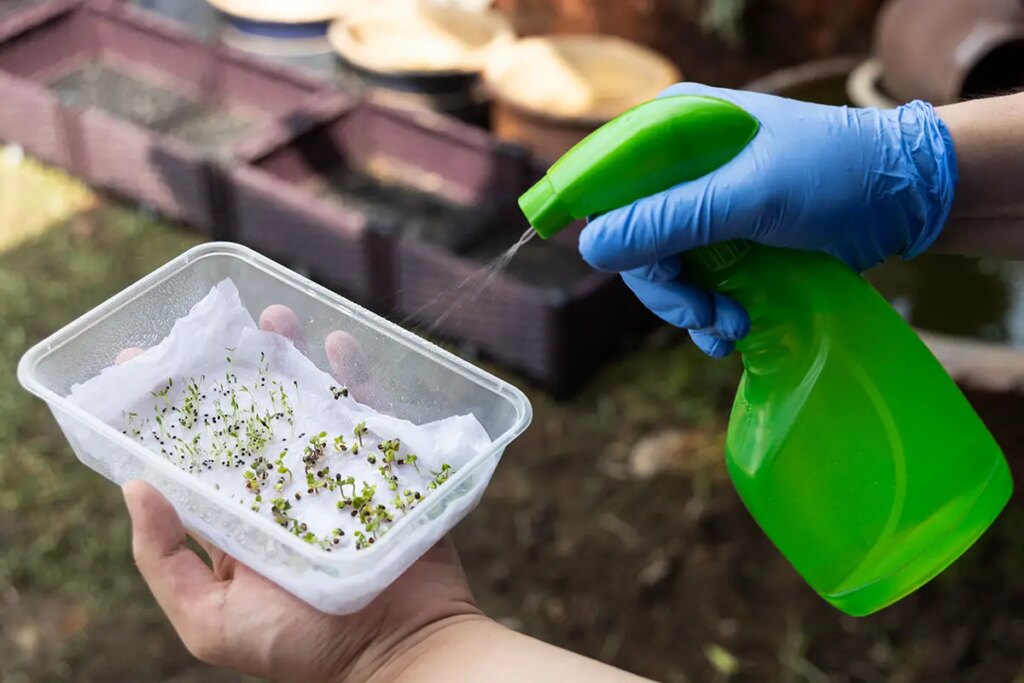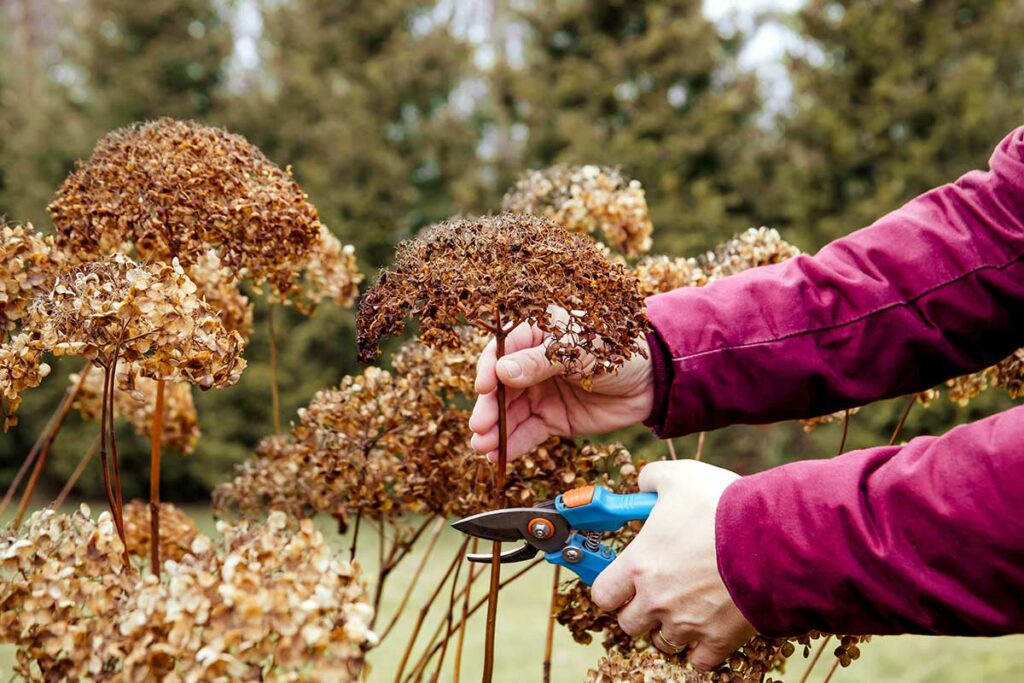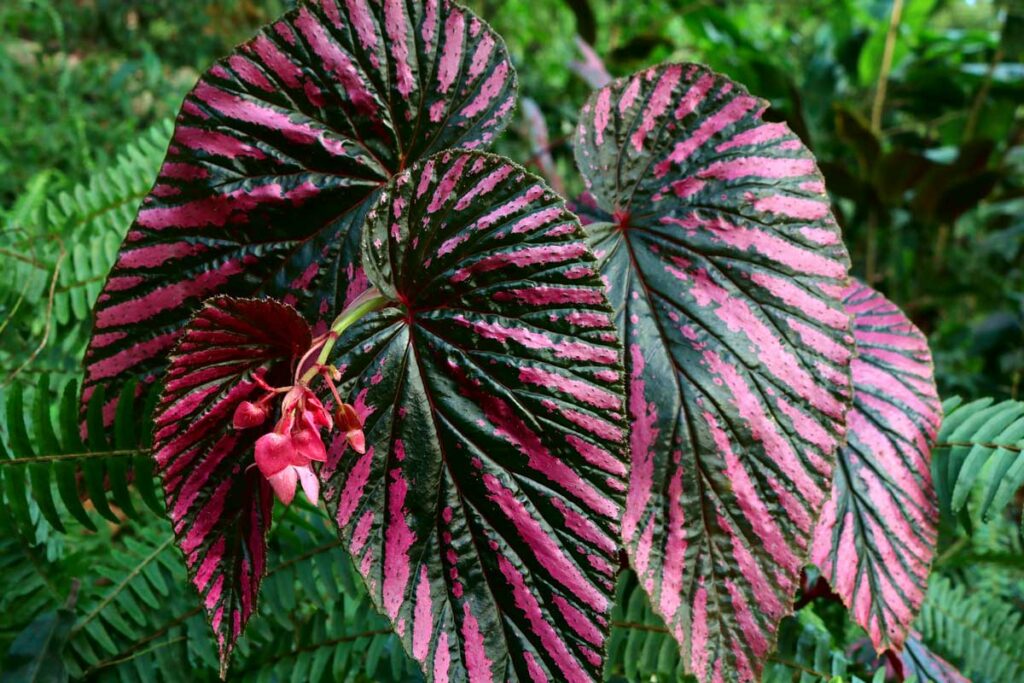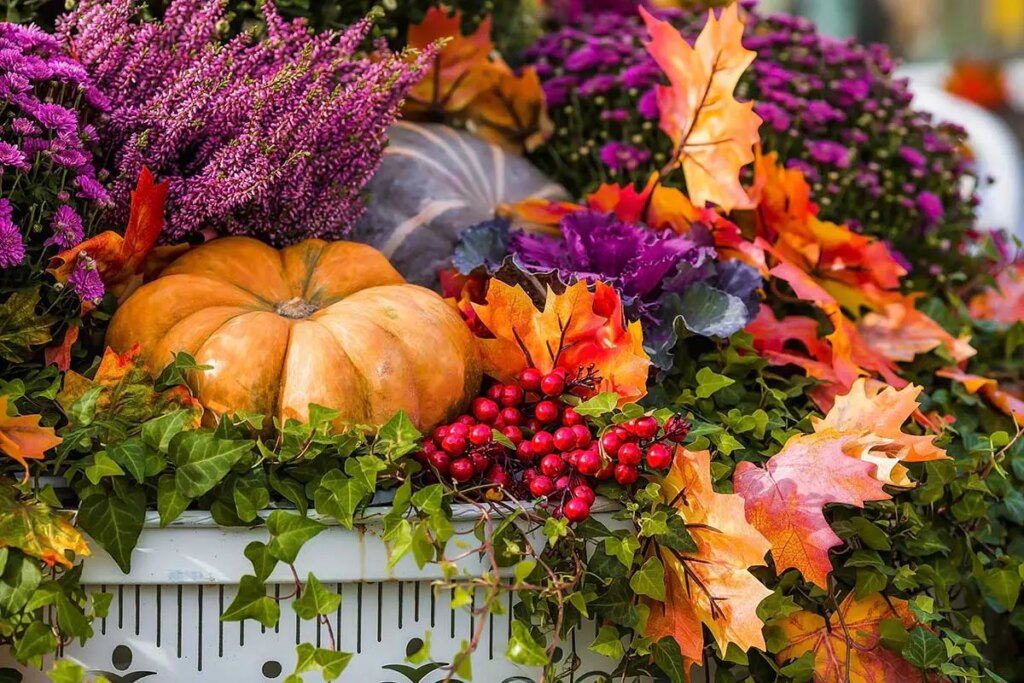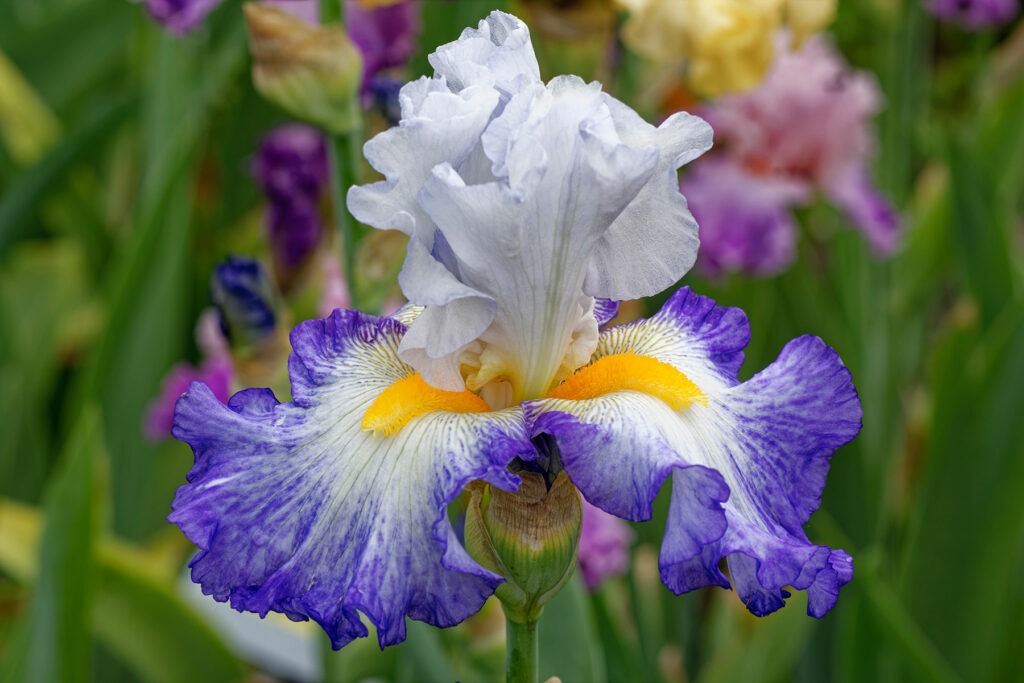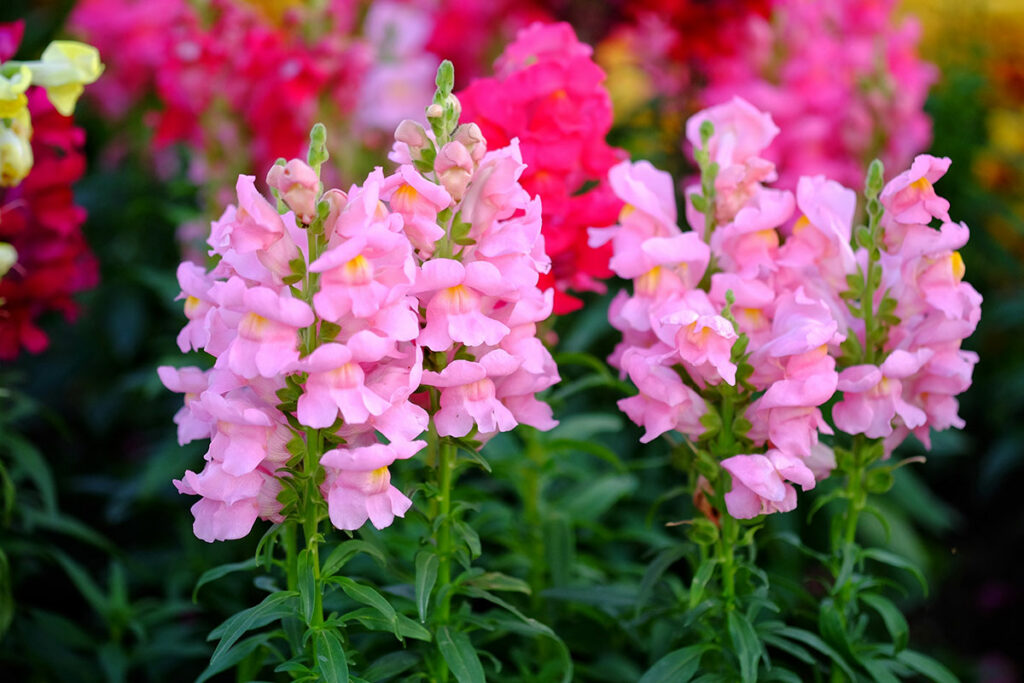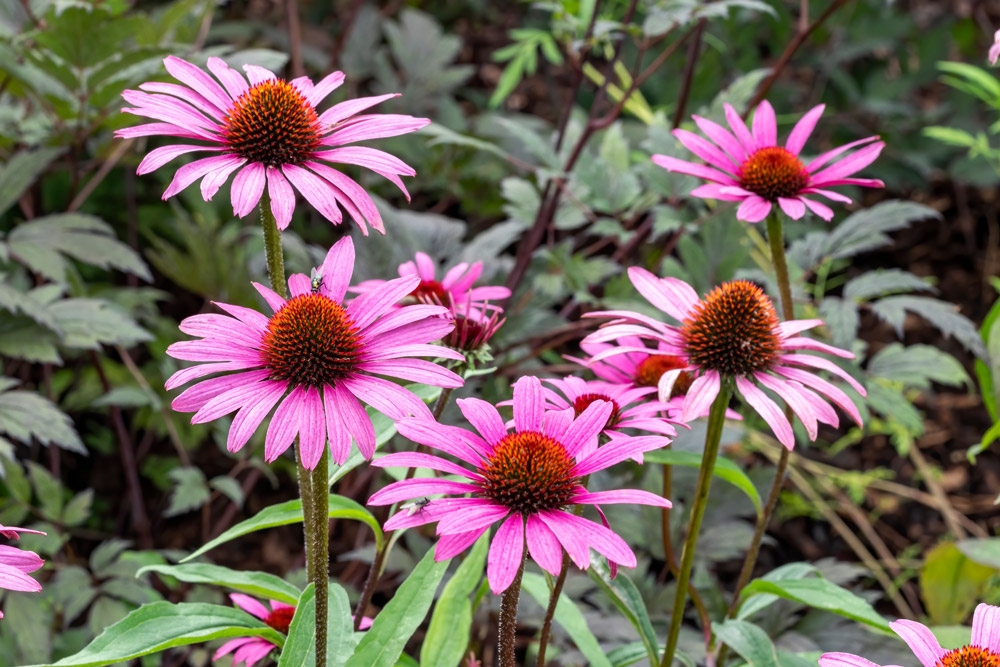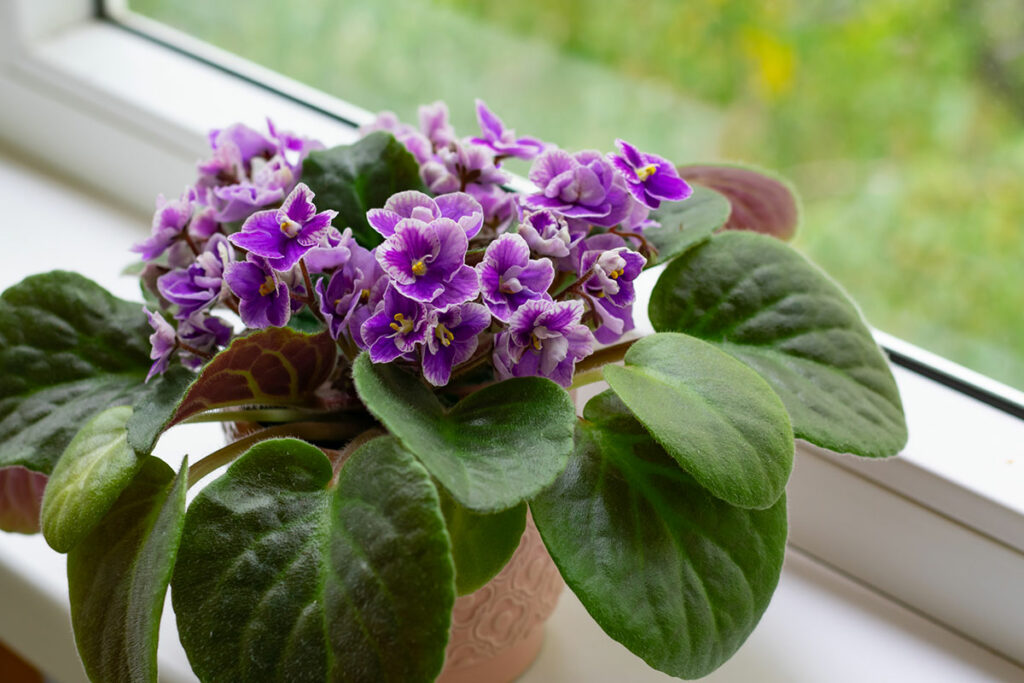
African violets are beloved houseplants known for their velvety leaves and vibrant blooms.
With a little care and attention, you can enjoy these beauties in your home. Here are 10 easy-to-follow tips to help your African violets flourish.
1. The Right Light:
- Ideal placement: An east-facing window provides gentle morning sun. If using a south or west window, filter the light with a sheer curtain to avoid leaf burn.
- Signs of trouble: Pale, leggy growth means not enough light; bleached spots mean too much.
- Artificial light alternative: If natural light is insufficient, use fluorescent or LED grow lights for 12-14 hours a day.
2. Potting Up:
- Pot material: Plastic or unglazed clay pots help prevent overwatering. Choose a pot about 1/3 the size of the plant’s leaf span.
- Soil matters: Look for mixes labeled “African violet potting mix.” These are lightweight and well-draining to prevent root rot.
3. Watering Wisdom:
- Test the soil: Stick your finger about an inch into the soil. If it feels dry, it’s time to water.
- Bottom watering: Fill a saucer or tray with room-temperature water, set the pot in it, and let it soak up moisture for about 30 minutes. Discard any excess water to prevent soggy roots.
- Avoid leaf splash: Water droplets on leaves can create spots or promote fungal growth.
4. A Touch of Humidity:
- Pebble tray method: Fill a shallow tray with pebbles and add water just below the tops of the pebbles. Place the pot on top, ensuring the pot itself doesn’t touch the water.
- Misting: Lightly mist the air around the plant, not the leaves themselves. Do this in the morning to allow leaves to dry during the day.
5. Feed Me:
- Balanced fertilizer: Choose a fertilizer like 20-20-20 specifically labeled for African violets or blooming houseplants.
- Dilute: Always dilute the fertilizer to half or even quarter strength to avoid overfeeding.
- Application: Fertilize every other week during active growth periods (spring to fall).
6. Keep it Clean:
- Removal: Gently remove faded flowers and any yellowing or damaged leaves.
- Benefits: Encourages new blooms, prevents pests or diseases from taking hold, and keeps the plant looking tidy.
7. Temperature Talk:
- Comfort zone: African violets thrive at 65-75°F (18-24°C). Avoid cold drafts from windows or AC vents.
- Stress signs: Cold temperatures can cause leaves to curl or wilt, while extreme heat can make blooms fade quickly.
8. Repotting Time:
- Check the roots: Look for roots circling the pot or poking out the drainage holes.
- Size up: Choose a new pot one size larger (1-2 inches in diameter).
- Fresh soil: Repot with fresh African violet potting mix.
9. Propagation Success:
- Leaf selection: Choose a healthy, mature leaf. Cut the stem at a 45-degree angle, leaving about an inch of stem.
- Rooting medium: Fill a small pot with moist African violet mix or vermiculite. Insert the stem, ensuring the leaf doesn’t touch the soil.
- Mini-greenhouse: Cover the pot with plastic wrap or a clear container to retain moisture and warmth.
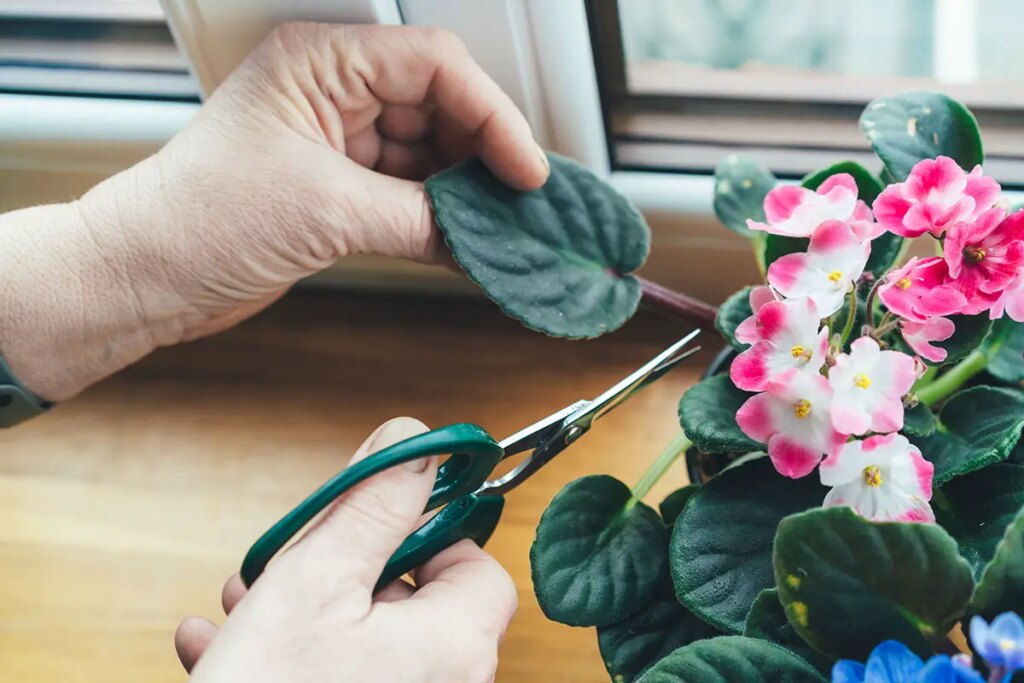
10. Be Patient:
- Adjustment period: It may take a while for African violets to adapt after moving or repotting.
- Bloom cycles: They bloom in cycles, so be patient if you don’t see flowers immediately.
- The reward: Consistent care will be rewarded with stunning blooms and healthy foliage!





